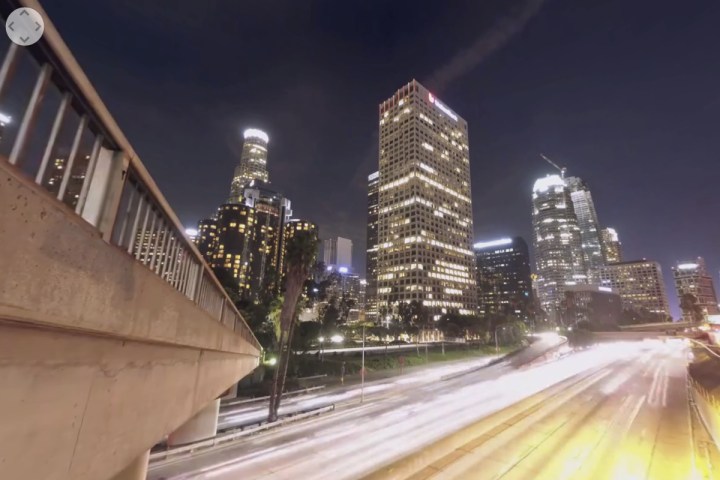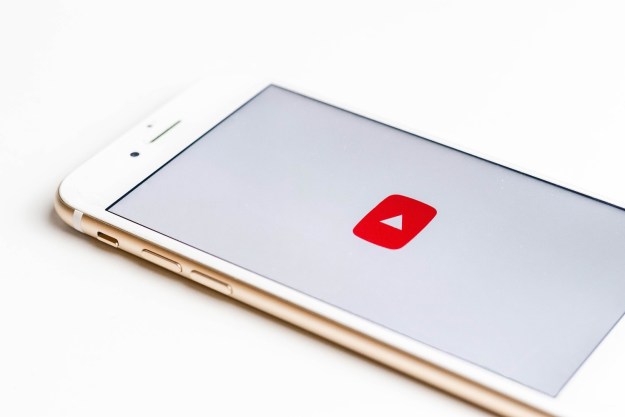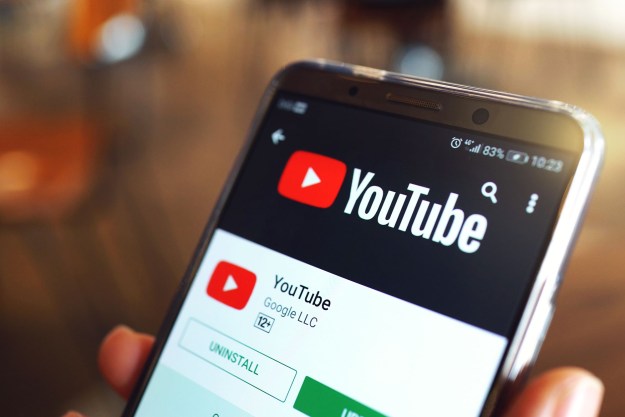
Now, Google has announced that YouTube is working with Daydream to make 360-degree and VR video even better. Specifically, the parties are collaborating on bridging the gap between what our eyes are capable of perceiving and what today’s internet connectivity and devices are capable of providing.
The collaboration is focusing on improving the projection methods that fit a 360-degree view of a virtual world onto the rectangular video surfaces that make up our current VR systems. In the past, YouTube utilized “equirectangular [EQ] projection,” a common method that was easy to produce and edit.
EQ projection has some weaknesses, including higher quality at the top and bottom of images, where people don’t tend to look, along with lower quality at the equator, or horizon, which is precisely where the most interesting content tends to be found. The method results in fewer vertical pixels used in 3D imagery, and also experiences a a problem when mapping real-world straight line motion.
The team is instead looking to utilize a variation on cube maps for projecting 360-degree video. Cube maps take a sphere and turn it into a cube, and then lay out the cube’s six faces into a flat image. This method also is poor at avoiding pixel density variation that causes problems when viewing 3D.

The solution that YouTube and Daydream are working on utilizes “equiangular cubemaps,” or EACs, which essentially work to keep pixel density uniform by using saturation maps. The process is highly technical, but the result is improved image quality around the equator, where the most important content resides. It’s also the best use of available bandwidth.

Improved image quality will make VR more realistic within today’s internet connectivity constraints. Ultimately, this should result in YouTube doing a better job of displaying 360-degree and VR video without devouring more bandwidth than necessary. If you’re interested in how everything works, then feel free to check out the details, but otherwise, you can rest assured that more realistic images are on their way to your YouTube player.
Editors' Recommendations
- What is YouTube Music? Everything you need to know
- YouTuber gets more than just clicks for deliberately crashing plane
- YouTube tries new way of tackling ad blockers
- What is Ambient Mode on YouTube?
- YouTube is rolling out handles. Here’s what you need to know

